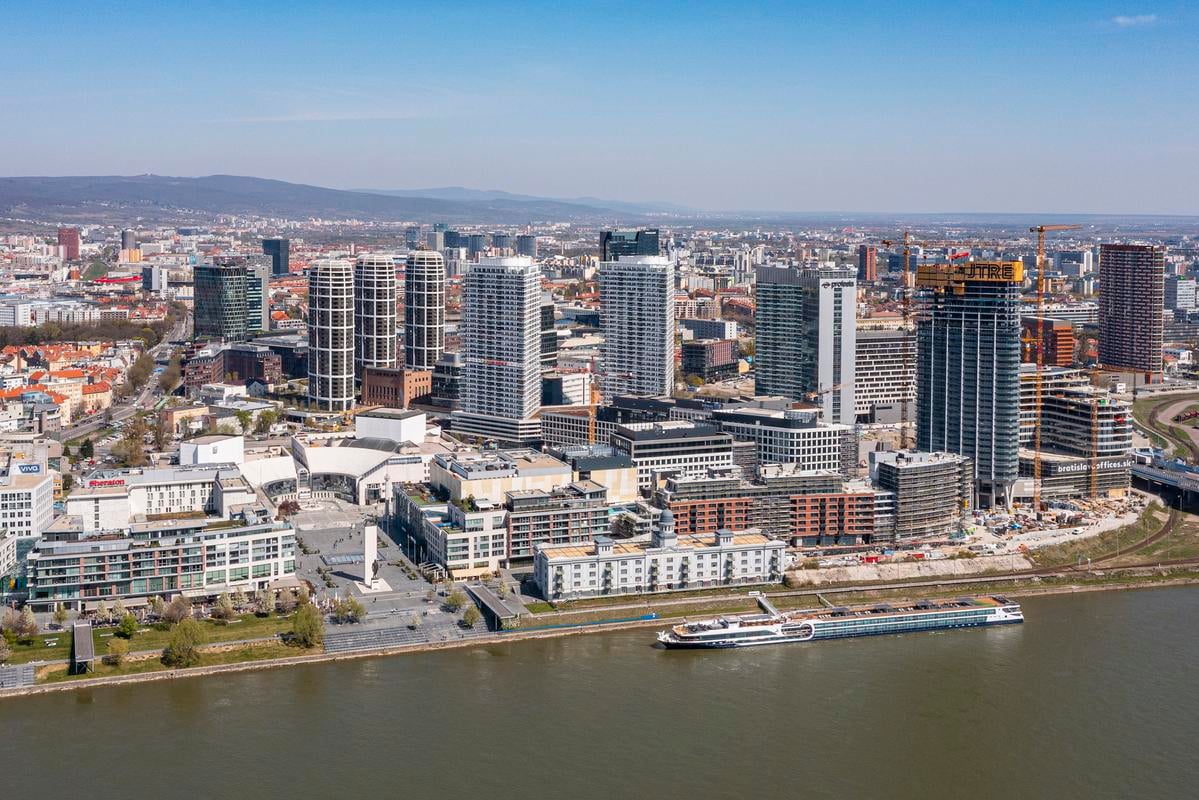When Czechoslovakia split into two republics on January 1, 1993, Bratislava found itself the capital of an independent state. However, there was little in its physical structures to reflect its new status. Public authorities had taken a “lukewarm” approach to the city’s new function as a capital, says architecture historian Henrieta Moravčíková.
“There was no intensification in the construction of public buildings or of any new offices or any representative structures related to the city’s status as the capital of the republic,” she explains in an interview with The Slovak Spectator. However, becoming the country’s capital – and the economic transition Slovakia was going through following the fall of the communist regime a few years earlier – proved attractive to private investors.
They sank money into the city and dramatically changed its skyline, taking advantage of loose constraints on development, leaving a legacy which can be seen clearly in its buildings three decades later.
“The process of urban planning in Bratislava was discredited and there was a clear resistance to any planning and state investment in the 1990s,” says Moravčíková, adding that despite some improvement in recent years, city development has remained largely driven by the private sector.
“We do not have a strong public investor here in the form of the state or city and borough councils who would be able to take charge of construction in the capital in a meaningful way. This situation is changing only very slowly,” she says.
Wild privatisation and loss of power
After the communist regime fell in then Czechoslovakia in 1989, and again when Bratislava became the capital of a newly independent Slovakia in 1993, private sector interest in the city mushroomed.
During a massive wave of privatisation, city authorities lost control over many assets.
“The process of privatisation in the 1990s years caused a complete regrouping of forces in the city,” explains Moravčíková.



